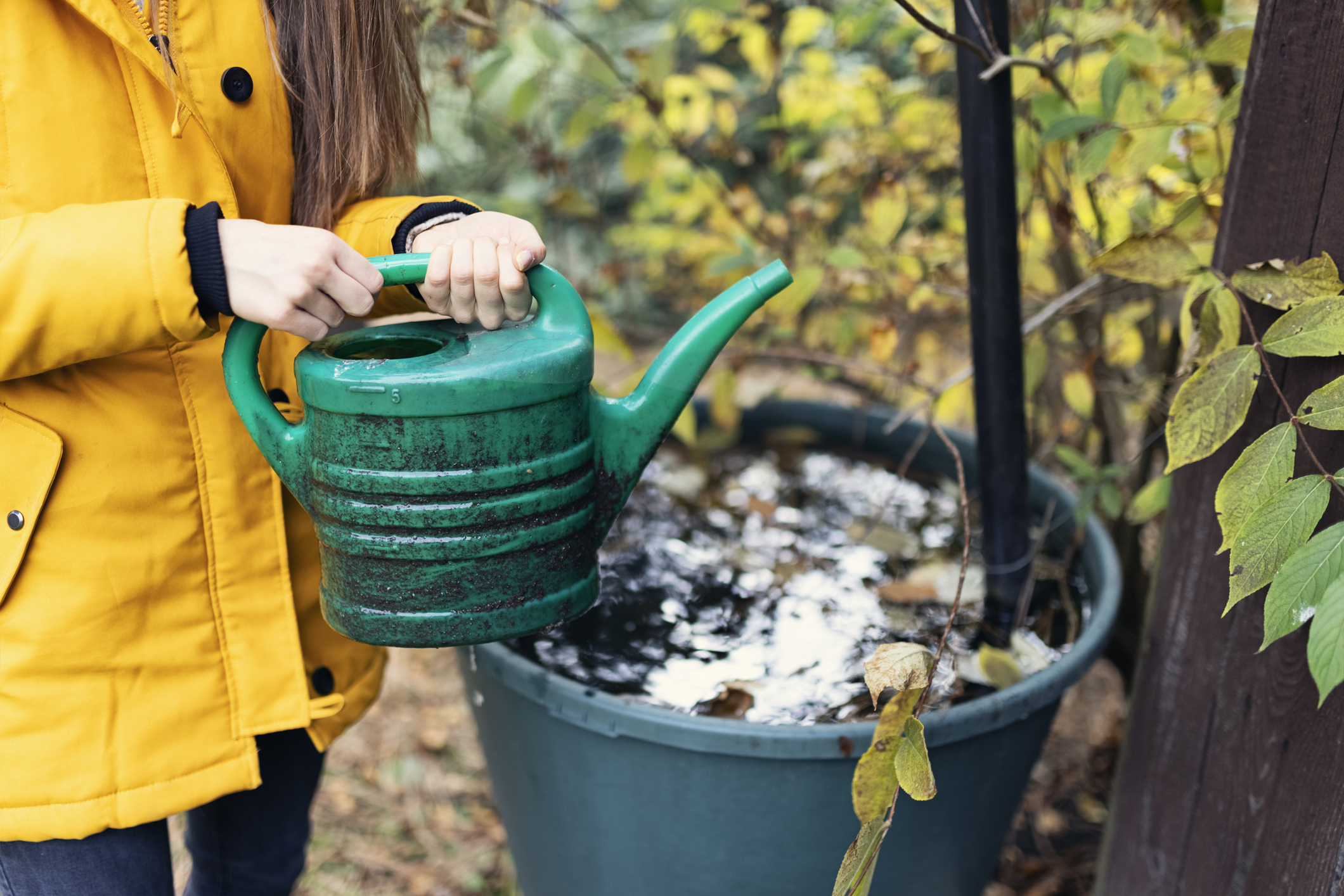
Looking to the future with water saving
Climate change and population growth are putting the South East under serious water stress. Improving water efficiency is one way for water companies to respond to the expected future demand for water.
Climate change and population growth are putting the South East under serious water stress. Improving water efficiency is one of the key ways for water companies to respond to the expected future demand for water. We’re exploring opportunities for water efficiency, across household customers, businesses and developers within our region, looking at how we can support them in being more water efficient.
Encouraging people to reduce the water they use is about changing what we all do every day
We’re looking to help customers practically cut down on the water they use. It’s about finding ways to be more water conscious in our everyday lives and prevent wastage, as well as encouraging the use of more water efficient products and installing technology. We’ll test and learn on a small scale before applying any initiatives on a wider scale, once we can prove they work.
Using the latest scientific understanding
Over the summer and early autumn, we focused on identifying opportunities in the bathroom and garden, as two areas where people use most water. We worked with experts in behavioural design and ethnography – the science of behaviour – through the Communications Science Group and the BVA BDRC consultancy. We needed to see how we could encourage customers to make changes to their water use in the bathroom and understand how people really use water in the garden. This includes what helps people use more water, or stops them using less, as well as how to create better solutions.
Saving water in the garden
We learnt about many aspects of the convenience and habits of using a hosepipe, but also how challenging it is to know how much water a hosepipe uses. It’s understandable that customers want easy solutions that also help save money. Installing water butts was the most popular suggestion from people responding to our questions. Those who had water butts really valued using them in their gardens but those who didn’t, hadn’t got round to installing one and were concerned about the space they may need. We can look at tailoring our solutions to help people overcome such barriers while still enjoying their gardens.
Reducing water use in the bathroom
For the bathroom, we needed to find solutions for how we can effectively influence the biggest water saving opportunities in household bathrooms – targeting long showers, toilet leaks and over-flushing. Every minute less over time has a significant impact on water and energy savings, as most of the hot water we use comes from showers. We also need to increase awareness of how common toilet leaks are and encourage people to fix them as quickly as possible. On average 6-8% of toilets are leaking right now, often wasting between 200-400 litres of clean water per day.
Doing trials of the best products and technologies
To look for opportunities, we commissioned an overview of technologies available, working with a local innovation hub, Plus X. We’re currently assessing shortlisted products and technologies that help households and businesses save water, ranging from drought resistant grass seeds and hydrogels, to grey water systems and leak detection technology. Next, we’ll be trialling the chosen opportunities to prove how effective they are, as well as using what we’ve learnt to create effective campaigns for summer 2023.
Looking for easy ways to save? We’ve got lots of hints and tips to help.
